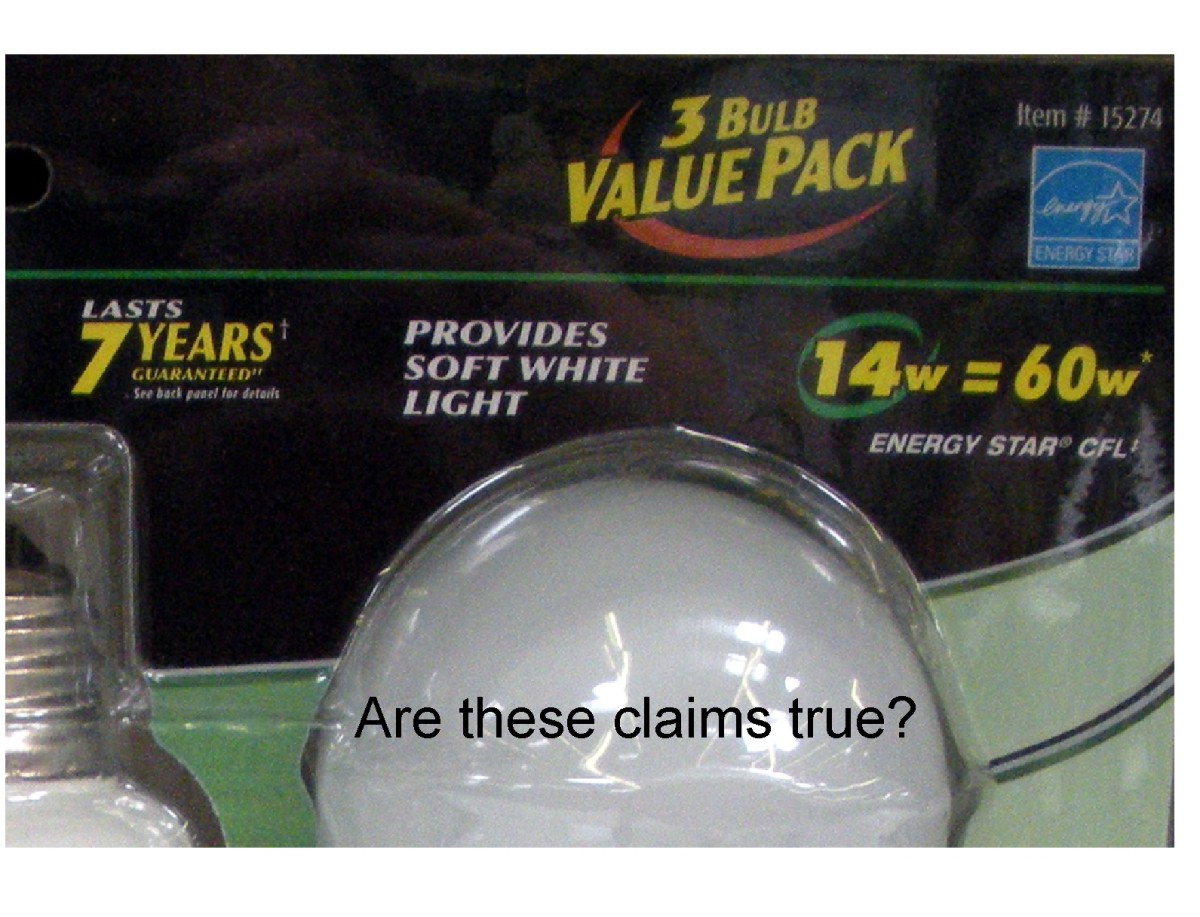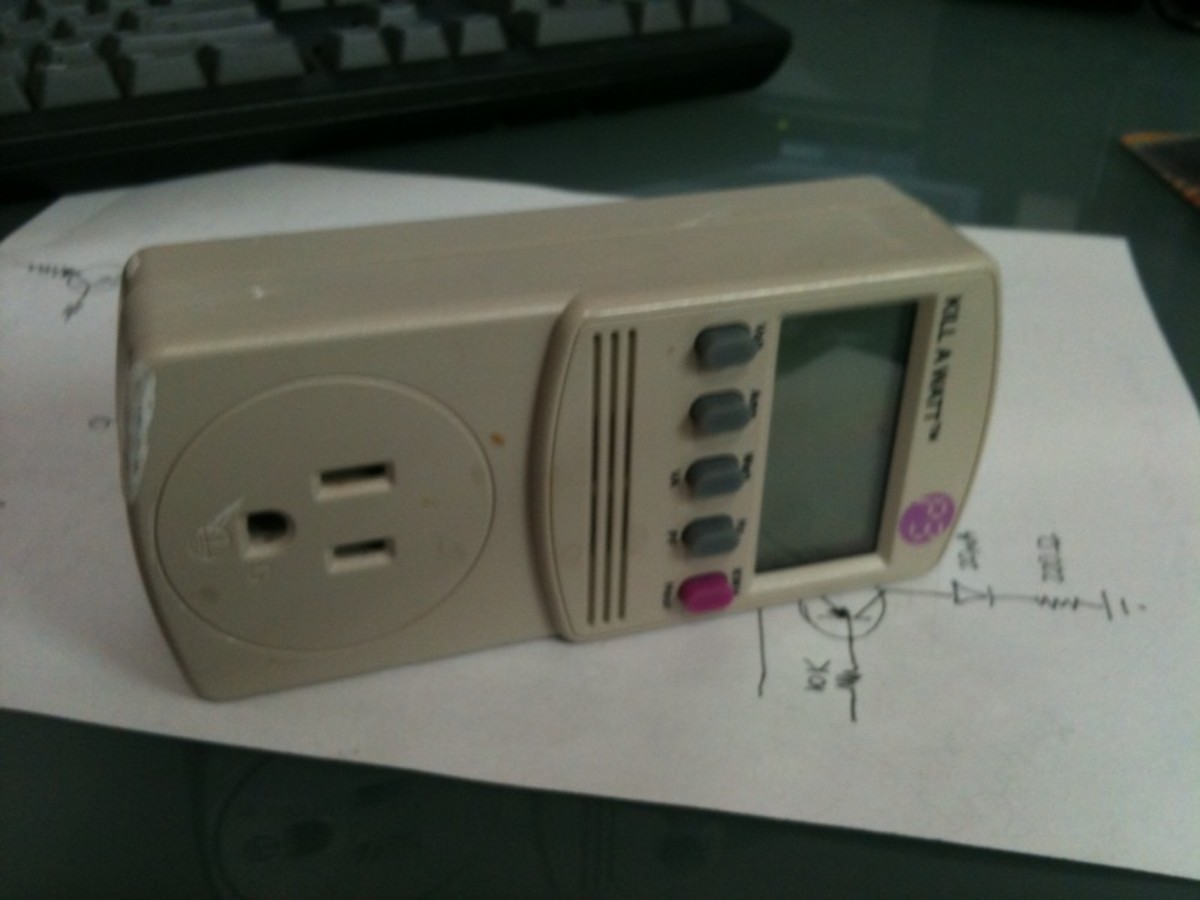Motion Technology

Motion Sensors
Motion Technology
Volume 3, Issue 5, August 2, 2013
Alarms have evolved from the regular mechanical alarm systems that were designed to activate an alarm that wakes a person up; into an evolving system of alarm systems that are wireless alarms. These types of digital motion sensor devices trigger the alarms in households and businesses and keep prowlers or burglars from entering into the home or business. Although mechanical alarms still remain in today's market and product line up, alarms have become digitized and integrated, and used in many different products like clocks, stoves, and cell phones. The first alarm was invented in 1787 by Levi Hutchins of Concord, New Hampshire.
Motion detectors or sensors have also moved into multimedia and entertainment where they capture the motions of the human body and it is set on graphical designs clips that are put on virtual world media films that create new media forums like the ones you have seen on “Avatar” with real actors who maintain their roles but come to life in character roles in a virtual world with motion sensors that engage the movements of each of the Actors. This new technology is barely touching the surface in the entertainment industry that has opened a few new different dimensions in role playing for actors in multimedia entertainment and in virtual world entertainment.
The motion detector was invented by Leon Theremin in the 1920’s he is a Russian inventor who tapped into the electrical charges of the body (http://aida-garcia.hubpages.com/hub/Electromagnetic-Body) where alarms are triggered by the body movement and it also has the capability or knowledge to detect the body’s electrical charge or impulse. This device evolved into a wireless device or motion sensor for burglar alarm systems where the ultrasonic waves can engage the detectors of persons in a room.
There are different motion detectors where the motion of a person can be detected by ultrasonic waves or infrared light. The motion detector that detects motion with infrared is one of the simplest to design or make because it is a beam and the other the one that detects movement by ultrasonic waves is the one that is more difficult to make because it requires more electrical circuitry (https://ehow.com).
Sounds and electromagnetic waves bounce off the human body and in the range of space that triggers the signals in the devices. What is really interesting is that some of them can and have the knowledge to distinguish heat and temperature on the body from the human eye to the temperature the body emits. These signals trigger the infrared light beams on a sensor.
The sensor that is triggered by ultrasonic waves is triggered by high frequency sounds and it goes off when humans or animals are in range and it picks up the sounds in range and activates the sensors. This type of electromagnetic circuitry bounces signals back and forth that engages the alarms and could actually engage floodlights.
The motion sensors or motion detector alarms are normally placed in areas like doorways, gates, automatic doors, gardens, garages, sliding doors, and entryways.
Many of the alarm systems today are energy efficient and they have the capacity to be used remotely including the capacity to be set up with your Internet, Cable, or your Dish system.
There are also new and improved alarm systems that are designed to assist homeowners, businesses, or the elderly in having the ability to activate the alarm system in case of emergency or accidents in the home or business, and they are designed to call or engage the police, fire stations, or alarm officials (GE. ADT, Time Warner alarm system devices).




